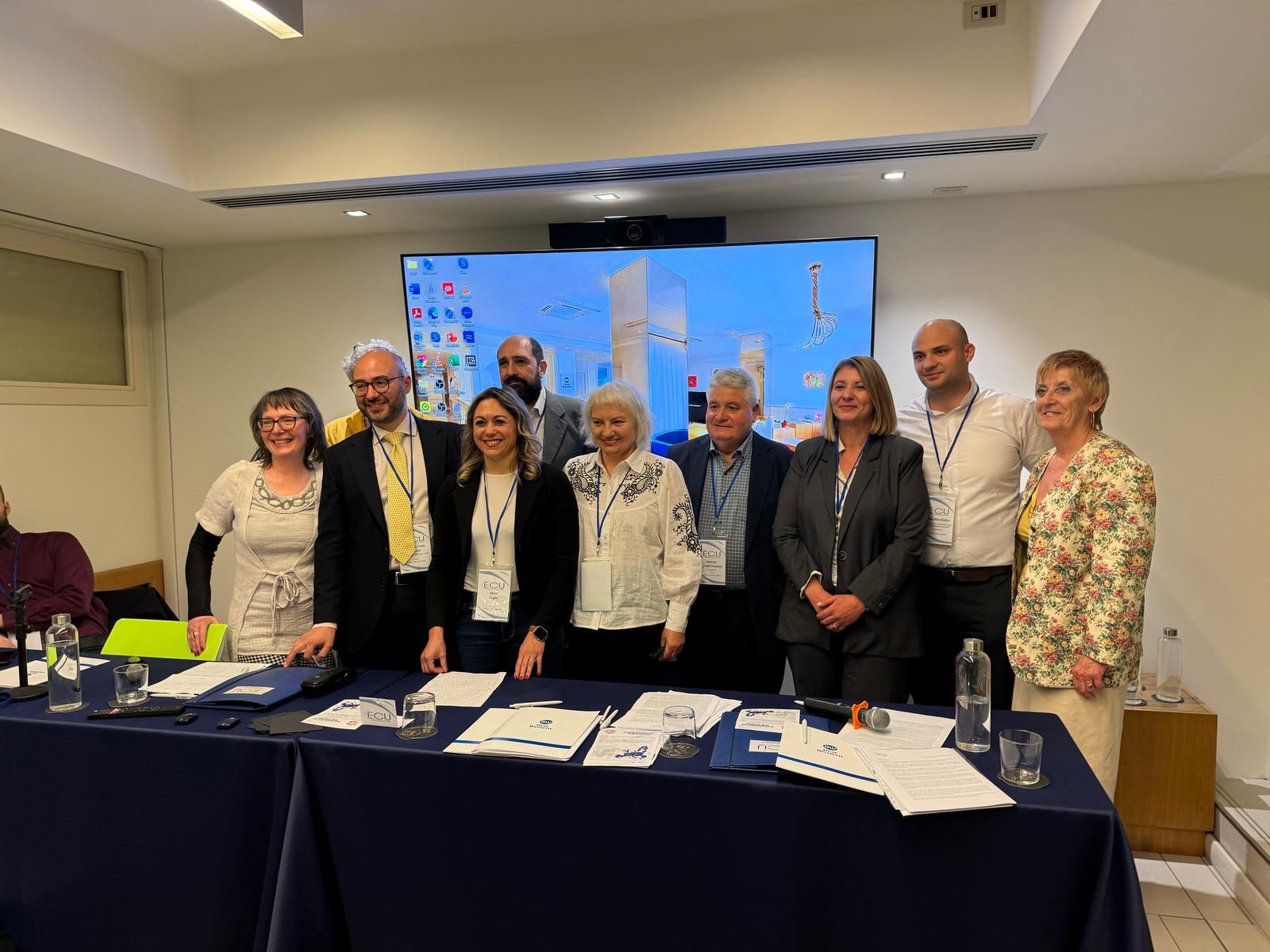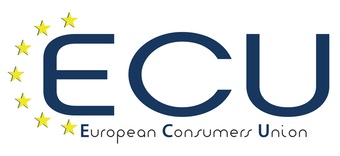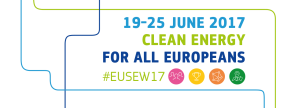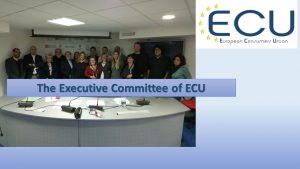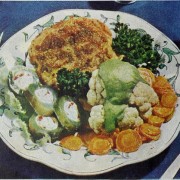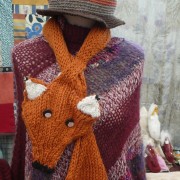
As time goes by, ECU gets bigger.
Today the association has 15 countries from the European Community. We are very happy with the results obtained and we hope to be able to achieve all the goals we have set for the year to come.
2018 is on its doorstep and there are many projects to be implemented, as are many European calls
to which we will participate.
Some anticipation?
– The activation of our Departments, the one on Food, the Juridical one and others;
– The General Assembly, scheduled for autumn, probably in Paris;
– A European research on an important issue of consumerism;
– The activation of the High Legal Training Course, who knows … maybe not just more in the Italian version;
– The translation of the site into the languages of the members of the association. We are 15, it will not be a easy thing to do, but the idea of having a site translated into many languages will make us overcome every difficulty.
How about? There is a lot of work to do in fact.
As the ECU becomes bigger, even the activities and the desire to realize our dreams increase.
The ECU associations are very active, all present on their territories with assistance desks and
orientation for consumers.
Do you want the list? There it is:
-Union of Insured Person in Bulgaria
-Association of Croatian Consumers
-Cyprus Consumers Union & Quality of life
-SOS Association for Consumer Protection in Moravia and Silesia
-House of Consumers Cooperation (Estonia)
-Indecosa CGT (France)
-Enosi Ergazomenon Katanaloton Elladas (Greece)
-FEBESZ (Hungary)
-Cittadinanzattiva, Federconsumatori, Federconsumatori Piemonte, Consumers Movement (Italy)
-Consumer Rights Protection Center, NGO Saugok save (Lithuania)
-Association for Consumer rights (Malta)
-InfoCons Association (Romania)
-Association of Consumer Organizations in Slovakia
-Konsument Forum (Sweden)
We hope to be able to make ourselves known not only by other associations but also directly by consumers who often are not even aware of the great work that is done to obtain the respect of rights and laws and to publish laws and regulations that really travel the way of consumer rights.





